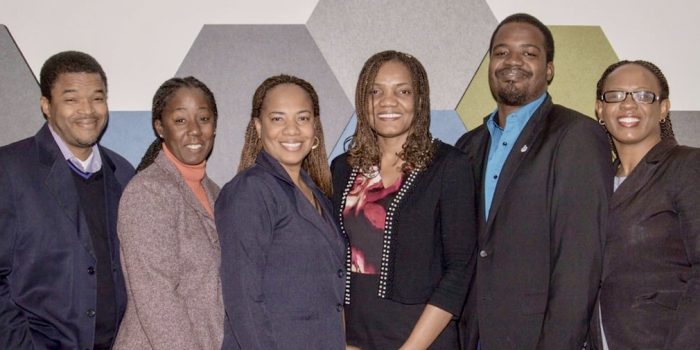When did you begin collaborating with Swedac, and why?
This is not the first time Swedac and JANAAC are included in an agreement for accreditation. Before JANAAC was established, we received assistance from Swedac as far back as 2000, which led to the development of our accreditation body.
Jamaica’s national accreditation body has been established mainly thanks to collaboration with Swedac, and with funding from SIDA. Our policies and procedures are based on Swedacs models. Our recent visit came from the opportunity through the European Partnership Agreement project, with EU funding. Having a longstanding relationship from our early formative years, we are pleased to partner with Swedac once again.
What progress has been made lately? Has it shown any effect?
JANAAC was developed to support the effective trading of Jamaican goods and services and to enable market access. When we started initially in 2009, our focus was on the accreditation of testing and medical laboratories. Today, we have signed a mutual recognition agreement with ILAC on ISO/IEC 17025 for testing since 2013, and ISO 15189 for medical testing since 2015.
We are now focussed on expanding our inspection body accreditation services which we began offering in 2017 and also provide services to calibration laboratories.
We have come far and are now looking to expand to new areas. In terms of inspections, we need a stronger pool of assessors to provide this service to our customers. We need to train more assessors to handle the capacity needed. Hence the need for the benchmark partnership agreement with Swedac.
What challenges does JANAAC have with accreditation and how can cooperation with Swedac facilitate them?
We need to learn from Swedac’s experience in how they got customers to desire accreditation. It could help us achieve greater buy-in from stakeholders, something we lack right now since accreditation is not mandatory for any area or industry in Jamaica. We have to encourage stakeholders to seek voluntary accreditation, and we also recognize that with supporting legislation and regulations, there would be more accredited institutions.
Swedac’s experience working with legislators could assist our legislators to understand how legislation would impact not only our economy but also our quality infrastructure in a positive manner.
What is the next step?
Going forward, we are expecting that we will have an ongoing relationship with Swedac. We have achieved a lot in a few weeks but we certainly wish to continue the partnership agreement. One such avenue would be our accreditation managers continued technical dialogue with SWEDAC counterparts.
We have recently established an electronic accreditation management system. However, lately we have become acquainted with Swedac’s system and discovered that our system only covers one aspect of many. Therefore, in discussion with Swedac’s IT team, our IT officer can also look for ways to expand our IT system.
All in all, by looking at the challenges Swedac has had with the accreditation process, and how they have resolved them, we can jumpstart our growth processes by following Swedac’s learning patterns over the years.

